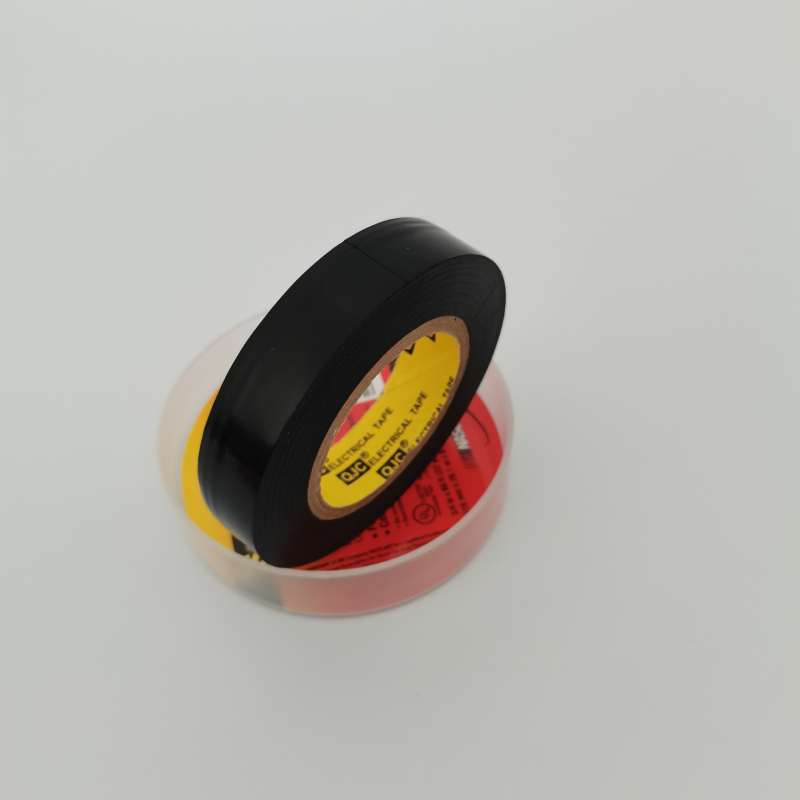Understanding Insulating Strips The Unsung Heroes of Electrical Safety
In the realm of electrical engineering and construction, insulation plays a pivotal role in ensuring safety and efficiency. One crucial component that often goes unnoticed is the insulating strip. These strips, made from various materials designed to prevent electrical conductivity, serve as essential safeguards in electrical systems, protecting both the hardware and users from potential hazards.
What Are Insulating Strips?
Insulating strips are narrow pieces of material used to separate conductive components. They come in different forms and sizes, tailored for various applications in electrical projects. Common materials for insulating strips include rubber, plastic, and thermoplastic. Their construction can range from simple flat strips to more complex forms designed to accommodate specific needs, such as higher voltage ranges or unique installation environments.
Importance in Electrical Systems
The primary purpose of insulating strips is to prevent unwanted electrical contact between conductive parts, which can lead to short circuits or electrocution. By providing a barrier that resists electrical flow, insulating strips help ensure that current only travels through intended pathways. This is particularly critical in high-voltage systems, where the consequences of failure can be catastrophic.
Moreover, insulating strips contribute to the longevity of electrical components. They not only prevent direct contact between wires and components but also protect against environmental factors such as moisture, dust, and temperature fluctuations. By shielding sensitive parts from these elements, insulating strips help maintain the integrity and performance of electrical systems over time.
Applications of Insulating Strips
Insulating strips find applications across various fields. In residential wiring, they are used to cover exposed wires, preventing accidental contact while ensuring that electrical systems conform to safety standards. In industrial settings, insulating strips are vital for separating different circuits, especially in complex machinery where multiple voltages may be present.
insulating strip

Furthermore, in electronic devices, insulating strips are employed to prevent short circuits between closely packed components. This is especially evident in modern smartphones and other compact electronics, where space is limited, and the risk of electrical interference is high.
Types of Insulating Strips
There are several types of insulating strips, each designed to meet specific requirements. Common types include
1. Electrical tape A flexible plastic tape used for wrapping wires and connections, providing insulation and protection. 2. Heat-shrink tubing A tube that shrinks in diameter when heated, providing a tight seal around cables and connections, protecting them from moisture and other environmental factors. 3. Foam insulation strips Soft, compressible materials that can fill gaps in electrical installations, ensuring effective insulation where rigid materials might fail.
4. Barrier strips Used to separate various components on a circuit board, preventing crosstalk and ensuring reliable operation.
Installation and Maintenance
Proper installation of insulating strips is crucial for optimal performance. It involves selecting the right type of strip based on the specific application, ensuring proper fit and coverage, and securely fastening it to prevent movement. Regular maintenance checks should include inspecting the integrity of these strips for wear and damage, as degraded insulation can compromise safety.
Conclusion
In summary, insulating strips are a vital component in the world of electrical systems, often overlooked yet profoundly influential. Their role in ensuring safety, enhancing performance, and increasing the lifespan of electrical components cannot be understated. Whether in residential, industrial, or electronic applications, understanding and implementing insulating strips is crucial for anyone involved in electrical work. By acknowledging their importance and ensuring proper installation and maintenance, we can significantly enhance the safety and efficiency of electrical systems, safeguarding both equipment and lives.
-
XIANGFAN Rubber Tape-Ultimate Solutions for All Your Insulation NeedsNewsJun.24,2025
-
XIANGFAN Rubber Tape-Protection for Industrial and Residential ApplicationsNewsJun.24,2025
-
XIANGFAN Rubber Tape: Superior Safety and Sealing for Demanding EnvironmentsNewsJun.24,2025
-
XIANGFAN Rubber Tape: Reliable Solutions for Every Electrical ChallengeNewsJun.24,2025
-
XIANGFAN Electrical & Industrial Tape: Powering Reliability Across IndustriesNewsJun.24,2025
-
XIANGFAN Electrical & Industrial Tape: Excellence in Every ApplicationNewsJun.24,2025
